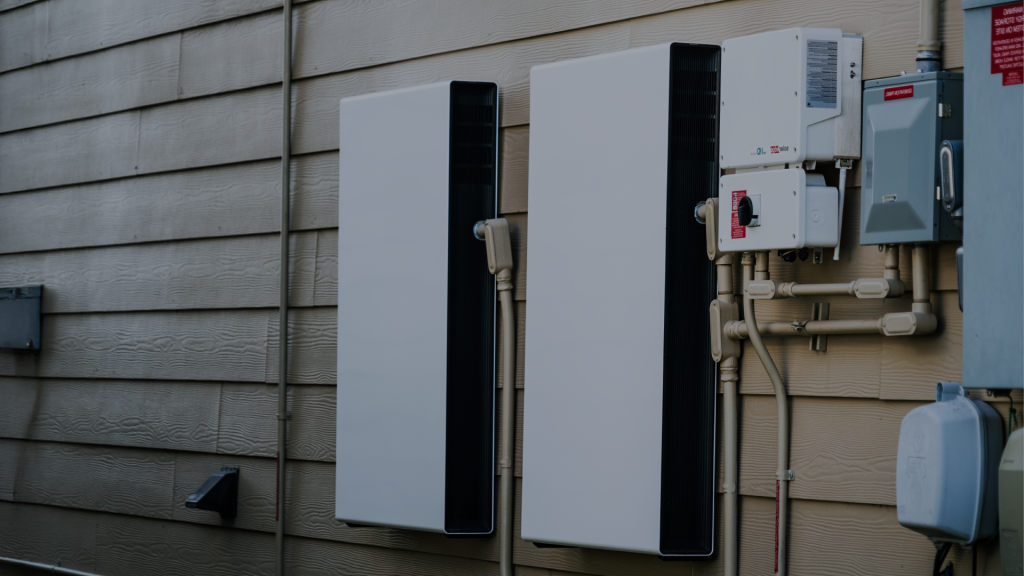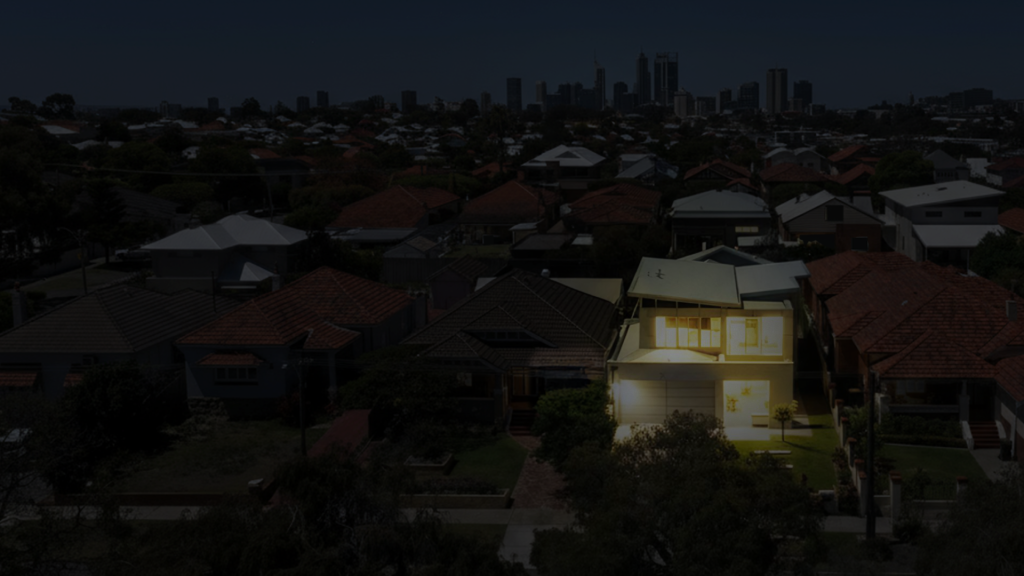Solar panels in Australia are becoming more commonplace thanks to the abundance of sunshine. But understanding all of the ins and outs of how solar power works and making sense of the technical terms involved can be confusing.
One of the most common questions the team at Think Renewable is asked is: “Can I connect a 40V solar panel to a 12V battery?” The short answer is yes, but it does require understanding the technical considerations and taking a few important safety measures to get it right.
Understanding the Basics
Before diving into the specifics, let’s cover some of the basic information.
Solar Panels and Batteries
Solar Panels: These devices convert sunlight into electricity. The voltage rating of a solar panel indicates the maximum voltage it can produce.
Batteries: These store electricity for later use. The voltage rating of a battery indicates the typical voltage it operates at.
Volts, Watts, and Amps
There are three key players in any electrical system: volts, watts, and amps.
Volts (V): Voltage is a measurement of the “pressure” at which electricity flows through a system. Imagine voltage as water pressure—higher voltage creates a stronger “push” to move electricity through a circuit.
Watts (W): Wattage represents the amount of power that’s being used or generated. Think of watts as the amount of water flowing through a pipe.
Amps (A): Amperage represents how fast or slow an electrical current is flowing through a circuit. Similar to the water flow rate in a pipe, amps measure the rate of electricity flow.
In the context of solar panels, the wattage (W) tells you how much power a panel can produce under ideal conditions. A 400W solar panel, for instance, can generate 400 watts of electricity under the midday sun. The voltage (V), on the other hand, indicates the electrical pressure at which that power is delivered.
In this case, we’re dealing with a 40V solar panel and a 12V battery. Directly connecting these two can be problematic if not done carefully. Here’s why.
The Voltage Mismatch
Imagine trying to fill a bucket (12V battery) with a high-pressure hose (40V panel). The water (electricity) would flow too fast and potentially damage the bucket (battery).
Basically, a 40V panel produces more voltage than a 12V battery can handle. This voltage mismatch can damage your battery and reduce the efficiency of your solar setup. Forcing this connection isn’t ideal and can potentially lead to safety hazards.
So what can you do? How can you connect a 40V solar panel with a 12V battery safely?
The Solution: Voltage Regulators
To safely and effectively connect a 40V solar panel to a 12V battery, you need to incorporate a voltage regulator or a converter, often referred to as a charge controller. A charge controller regulates the voltage and current flowing from the solar panels to the battery.
MPPT (Maximum Power Point Tracking) controllers are a great option to use in this situation as they’re highly efficient and can handle higher input voltages.
MPPT controllers can adjust the input voltage to get the maximum power from the solar panel and then convert it to the appropriate battery voltage. They essentially act like a bridge, regulating the voltage coming from the panel to a level that’s suitable for your battery.
The Role of Inverters
While voltage regulators are crucial for connecting mismatched voltage components, a complete solar system in Australia typically involves another key player: the inverter. Inverters play an important role in converting the Direct Current (DC) electricity generated by your solar panels into usable Alternating Current (AC) power—this AC power is what runs most appliances and electronics in your home.
There are a few different types of inverters that are used in solar systems: string inverters, microinverters, and hybrid inverters. String inverters are commonly used for residential installations and handle the output from multiple solar panels, converting it into AC power. Microinverters are installed on each solar panel, providing higher efficiency by optimising the output of each panel individually. Hybrid inverters combine the power of a standard inverter with a battery inverter, managing the energy flow between solar panels, batteries, and the grid.
When connecting a 40V solar panel to a 12V battery, an inverter doesn’t directly reduce the voltage from the solar panel. Instead, the MPPT charge controllers we mentioned above step down the high voltage from the solar panel to a suitable level for charging the battery. However, once the energy is stored in the 12V battery, an inverter can then convert the stored DC power to AC power for use in your household appliances, ensuring that the energy generated by your solar panels is fully utilised.
Technical Considerations
Before you start using charge controllers and making connections, there are a few technical aspects you’ll need to take into consideration.
Power Requirements:
Make sure that your solar panel’s power output meets your energy needs. For example, a 12V 400W solar panel produces roughly 33.33A. A 40V panel of the same wattage produces about 10A (400W/40V). Whatever the output, ensure that your charge controller can handle the current from the solar panel and the current needed to charge the battery.
Compatibility:
It’s essential to ensure that the charge controller you choose can handle a 40V input and regulate it down to 12V. Most MPPT controllers are designed to manage this voltage step-down but it pays to double check this before making the connection.
Safety Measures:
Make sure you’re putting safety first. Proper wiring and connectors must be used to handle the electrical load; poor connections can lead to voltage drops, heat buildup, or even fires.
You should also install fuses or circuit breakers between the solar panel, charge controller, and battery to protect against overcurrents.
Setup Example
If you want to know how to connect a 12V fridge to a solar panel safely, here’s a helpful step-by-step guide:
- Select a Charge Controller: Choose an MPPT charge controller that can handle at least a 40V input and 12V output. Make sure it can handle the current your 40V panel will produce.
- Connect the Solar Panel to the Charge Controller: Use proper solar cables and connectors to connect the positive and negative terminals of the 40V solar panel to the corresponding terminals on the charge controller.
- Connect the Charge Controller to the Battery: Use appropriate gauge wires to connect the charge controller’s output terminals to the 12V battery. Ensure the connections are secure and corrosion-free.
- Monitor the System: Once everything is connected, monitor the charge controller’s display (if available) to ensure it’s regulating the voltage correctly and the battery is charging properly. Regularly check the connections to make sure there are no signs of overheating or wear.
- Powering Your 12V Battery: With your battery charged, you can now connect your 12V battery. If this is in a fridge, make sure that the fridge’s power consumption is within the battery’s capacity to avoid deep discharging (exhausting the capacity of the battery), which can shorten the battery’s lifespan.
Call in the Professionals
If you need support to connect a 40V solar panel with a 12V battery, Think Renewable is here to help. As a leading solar installer in Australia, we can guide you through the technicalities of your solar power setup.
At Think Renewable, we’re committed to providing sustainable and efficient solar solutions that are tailored to your needs. For more information on solar panels, solar power systems, and how to connect your appliances, get in touch with us today.






